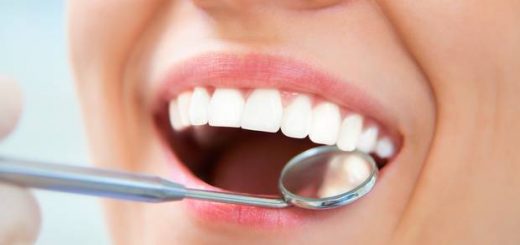What is Podo Orthosis?
The podo orthosis is a foot orthosis to correct a problem. It is used to treat certain foot pathologies: it can take several forms, depending on the problem to be treated:
- orthopaedic shoe,
- foot splint, etc.
Podo orthosis: anatomical reminders on the foot
The foot is essential for maintaining balance (standing) in humans.
It is one of the major organs of walking, located at the distal end of the lower limb.
The ankle forms the junction between the leg and the foot.
The foot contains an average of 26 bones.
Podo orthoses for different foot pathologies
Many foot conditions can be treated with podo orthoses:
- hallux valgus: the big toe deviates towards the inside of the foot,
- claw toe or hallux griffus: causes a conflict between the toes (one or more toes will remain bent),
- hammer toe: the joint between the metatarsus and the phalanges is maintained in extension,
- quintus varus: the 5th toe passes over the 4th.
Examples of podo-orthotics: insoles, orthotics
Here is a presentation of some foot orthotics:
- The orthopaedic insole:
- it is a substitute and allows to correct imbalances and deformations of the foot,
- it is made to be inserted into shoes.
- The toe orthosis or orthoplasty which is a custom-made apparatus which can be worn during the day.
So let’s see a little more detail, what is a toe orthosis?

Depending on the pathology of the foot to be treated, the podo orthosis can take different forms:
- toe orthosis;
- foot splint;
- orthopaedic shoe;
- orthopaedic insole, etc.
Please note: Foot orthoses are contraindicated in people with fungal infections, foot infections and in diabetics.
Toe orthosis: against foot deformities
Toe orthotics or orthoplasties are custom-made devices. These removable orthoses can be worn during the day, in shoes, in order to reduce pain due to rubbing.
Custom-made by the practitioner following clinical examinations and measurements, they are indicated in the case of foot deformities:
- hallux valgus or bunion of the foot: the big toe deviates towards the inside of the foot;
- quintus varus: the 5th toe passes over the 4th toe;
- claw toe;
- hammer toe…
Good to know: in the case of amputations, orthoses can replace missing toes.
Correction and reduction of pain with the toe orthosis
The toe orthosis has two actions:
- it limits the evolution of the deformity and corrects it, this is corrective orthoplasty;
- it protects and reduces the pain caused by certain foot pathologies (corns, hallux valgus, etc.), these are protective orthoses.
Important: they can also be mixed.
Postural toe orthosis
This type of orthosis is designed to force the toe(s) into a good position in the shoe to avoid pain and to rebalance the support points. In the long term, they can induce a correction in the posture of the toe even without the orthosis being put in place.
They are therefore intended for patients suffering from pathologies that can still be at least partially reduced.
Protective toe orthosis
The purpose of these orthoses is not to correct a deformity either because it is impossible or because there is no reason to do so. They are to protect irritated and painful areas, but not to intervene
at the source of the problem and reduce the malformation.
They are also used in cases of skin damage not related to foot deformities.
Should you be looking for a podiatrist in Melbourne, here is a good address: MY PODIATRIST.
Hope this post helps you get an idea of what kind of service do you really need and how you can better explain your problem to your doctor.




Excellent post!